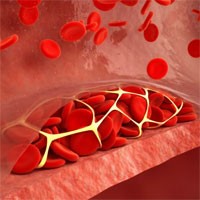Potassium Homoeostasis and Pathophysiology of Hyperkalaemia
academic.oup.com
Since determination of potassium levels may be afflicted with various errors, potassium levels should be determined using a standardized set-up ensuring high accuracy and precision of measurements. Potassium levels may be measured as ‘plasma potassium’ or ‘serum potassium’, but these values should not be considered synonyms because serum values may be higher than plasma values. Hyperkalaemia may be defined as a potassium level >5 mmol/L, but other cut-off levels are sometimes applied. Thus, there is a need for establishing an international consensus in this area. Long-term regulation of potassium homoeostasis takes place over hours to days and depends mainly on renal potassium excretion. Other tissues, mainly skeletal muscles, contribute to short-term regulation of potassium homoeostasis, which takes place over seconds to minutes. Major causes of hyperkalaemia are renal failure, exercise, epilepsy, tissue breakdown, diabetes, and acidosis, treatment with ACE-inhibitors, AT2-inhibitors, β-blockers, aldosterone antagonists, and digoxin intoxication.















